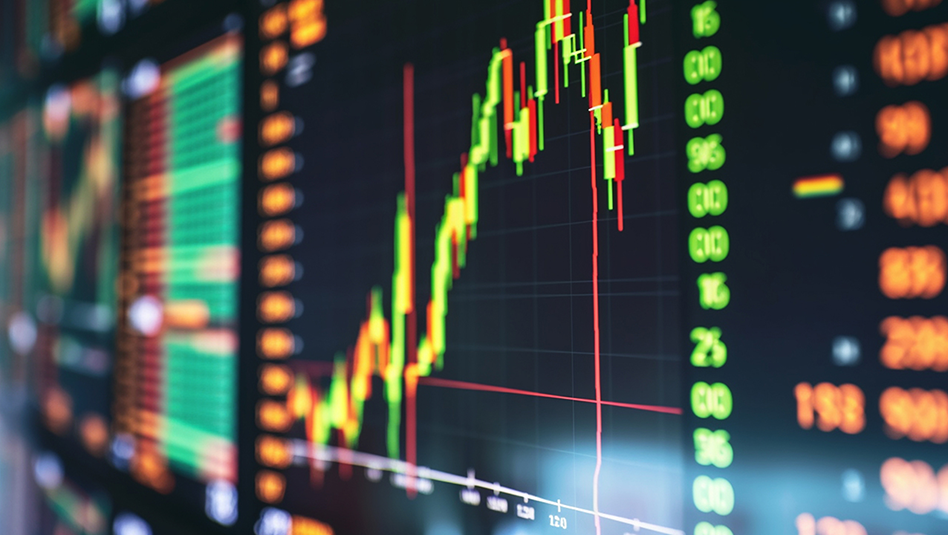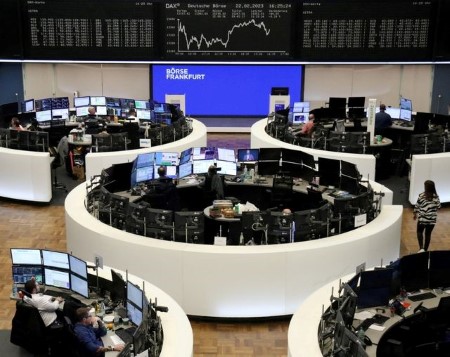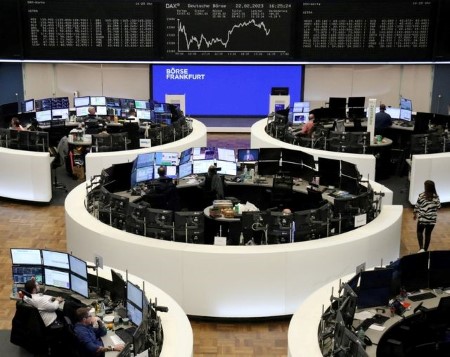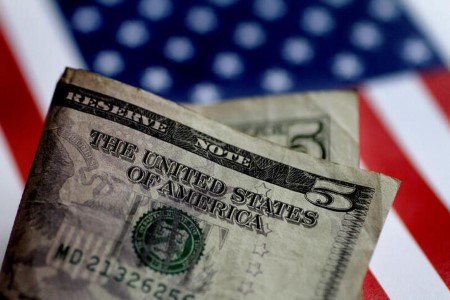NEW YORK, March 6 (Reuters) – The S&P 500 closed slightly higher and Treasury yields reversed at the end of a seesaw session on Monday as investors looked ahead to US Federal Reserve Chairman Jerome Powell’s congressional testimony and crucial jobs data later in the week.
All three major U.S. stock indexes were essentially unchanged on the day, ending well below session highs, while Treasury yields reversed an earlier dip and the dollar pared its losses in afternoon trading.
“You’re going to have market reactions like this, where investors take advantage of an early rally ahead of some potentially market-moving events,” said Chuck Carlson, chief executive officer at Horizon Investment Services in Hammond, Indiana. “It’s indicative of a market that’s playing it close to the vest.”
“It’s trendless in anticipation,” Carlson added.
While economic data showed a decrease in U.S. factory orders due to falling aircraft orders, the report otherwise hinted that the manufacturing sector could be stabilizing.
On Tuesday and Wednesday, Fed Chairman Jerome Powell is due to deliver his semi-annual testimony before Congress, which will be closely parsed for any clues regarding the extent and duration of the U.S. central bank’s restrictive monetary policy aimed at curbing inflation.
The Labor Department’s much-anticipated February employment report is expected on Friday. Any signs of softening in the robust jobs market will be seen as a sign that the Fed’s hawkish tactics are having their desired effect.
The Dow Jones Industrial Average rose 40.47 points, or 0.12%, to 33,431.44, the S&P 500 gained 2.78 points, or 0.07%, to 4,048.42 and the Nasdaq Composite dropped 13.27 points, or 0.11%, to 11,675.74.
European shares reversed an earlier advance to close essentially unchanged after European Central Bank officials hinted at more interest rate increases, following softer-than-expected euro zone retail sales.
The pan-European STOXX 600 index lost 0.02% and MSCI’s gauge of stocks across the globe gained 0.27%.
Emerging market stocks rose 0.58%. MSCI’s broadest index of Asia-Pacific shares outside Japan closed 0.49% higher, while Japan’s Nikkei rose 1.11%.
Benchmark US Treasury yields ended higher on the day, bouncing back from initial decline.
Benchmark 10-year notes last fell 2/32 in price to yield 3.9714%, from 3.963% late on Friday.
The 30-year bond last fell 10/32 in price to yield 3.9051%, from 3.887% late on Friday.
The dollar lost ground against a basket of world currencies ahead of Powell’s testimony. The dollar index fell 0.18%, with the euro up 0.4% to USD 1.0677.
The Japanese yen weakened 0.05% versus the greenback at 135.97 per dollar, while sterling was last trading at USD 1.2018, down 0.18% on the day.
Crude prices rebounded to modest gains after a debate over supply tightness by oil company executives offset worries over softening supply following China’s low-end growth projections.
US crude rose 0.98% to settle at USD 80.46 per barrel and Brent settled at USD 86.18 up 0.41% on the day.
Gold consolidated recent gains. Spot gold dropped 0.5% to USD 1,846.34 an ounce.
(Reporting by Stephen Culp; Additional reporting by Yoruk Bahceli and Wayne Cole; Editing by Shounak Dasgupta, Will Dunham and Nick Zieminski)







 DOWNLOAD
DOWNLOAD











